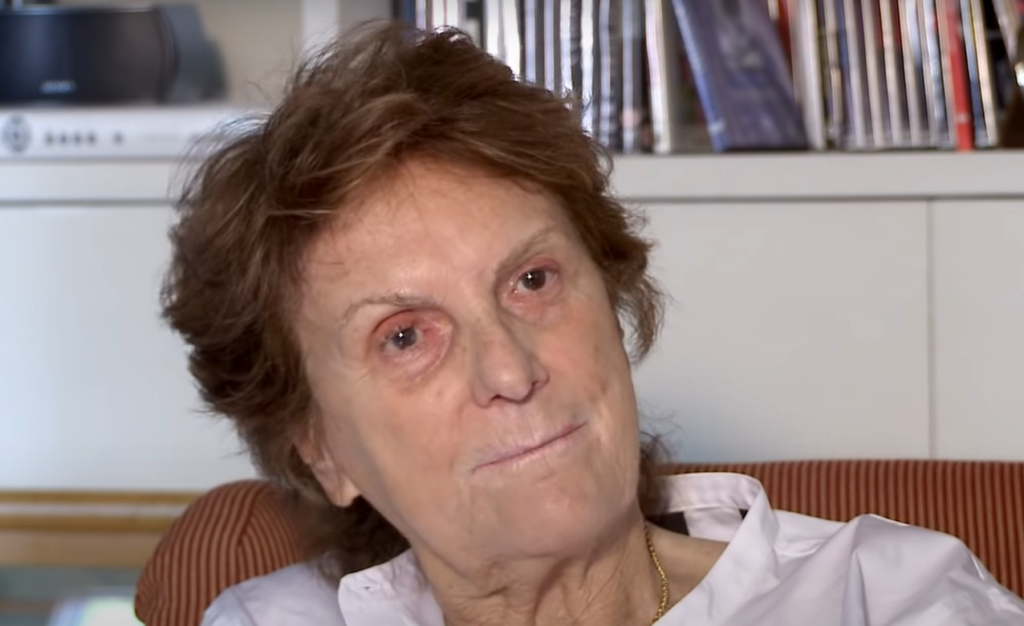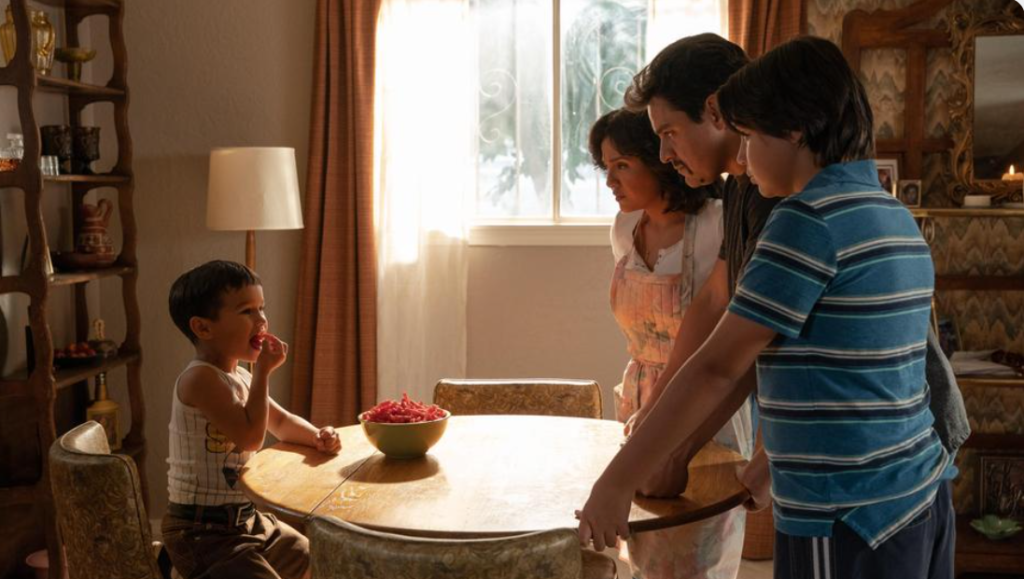Stephanie Soechtig is an award-winning writer, producer and documentary-film director. Her most recent film, “Fed Up,” premiered at Sundance and was acquired by Radius-TWC. It also received a wide theatrical release. A New York Times Critic’s Pick, the film spotlighted our addiction to sugar and the ensuing obesity epidemic and succeeded in bringing the issue into the mainstream.
Soechtig’s directorial-debut documentary, “Tapped,” focused on the high cost — to both the environment and our health — of the bottled water industry. Hailed by critics as “stunning” and “whip-smart,” “Tapped” swept film festivals across the country while picking up six awards for Best Documentary Feature. (Press materials)
“Under the Gun” will premiere at the 2016 Sundance Film Festival on January 24.
W&H: Please give us your description of the film playing.
SS: “Under the Gun” is a film about America’s gun-violence epidemic and a group of extraordinary parents who have been personally impacted by gun violence and, in turn, have dedicated their lives to trying to ensure that other families don’t experience the same tragedy.
W&H: What drew you to this story?
SS: I grew up in Brookfield, Connecticut, which is a stone’s throw from Newtown. The Sandy Hook massacre was very personal to me and really demonstrated that these mass shootings can happen anywhere. I had my son shortly after that shooting, and it felt like I was bringing him into a very different world than the world before [December 2014].
So I started researching the gun-violence epidemic and was amazed at the way our country was approaching the issue. I wanted to try to tell this story with a holistic approach and in a way that might break through some of the “noise” that has surrounded this issue for so long. The debate over guns and gun laws has always seemed like a very black-and-white issue, but I was really intrigued to explore whether there was any common ground.
W&H: What was the biggest challenge in making the film?
SS: The subject matter was so heavy and so heartbreaking that it was virtually impossible to leave the work at the office, so to speak. We spent time with some amazing families — moms, dads, spouses and siblings who have suffered the most unimaginable acts of violence. You can’t help but internalize their pain. As a filmmaker and as a mother, it was definitely an emotionally challenging journey to go on.
W&H: What do you want people to think about when they are leaving the theater?
SS: My hope is that people leave the theater feeling a sense of hope and obligation: hope that we can turn the tide on this issue, obligation to honor these families by getting involved. We have to start seeing this as a problem we can actually chip away at, rather than a force of nature, like an earthquake or a hurricane that just can’t be stopped.
W&H: What advice do you have for other female directors?
SS: Surround yourself with people smarter than you. Encourage your team to disagree with you. Take another aspiring woman filmmaker under your wing.
W&H: What’s the biggest misconception about you and your work?
SS: Well, I’m not sure I’m well known enough for there to be any misconceptions about my work, but I hope that I’m viewed as someone who takes risks and tackles complicated stories by trying to tell them in a way that appeals to mass audiences. I think documentary filmmaking is really about education and trying to affect change, but a key to that is making accessible films to which people are drawn.
W&H: How did you get your film funded? Share some insights into how you got the film made.
SS: Somewhere in between [a studio film and a crowdsourced film].
W&H: Name your favorite woman-directed film and why.
SS: Oh my goodness — there are too many! Anything by Sofia Coppola! Nora Ephron! Amy Berg! Jane Campion!







